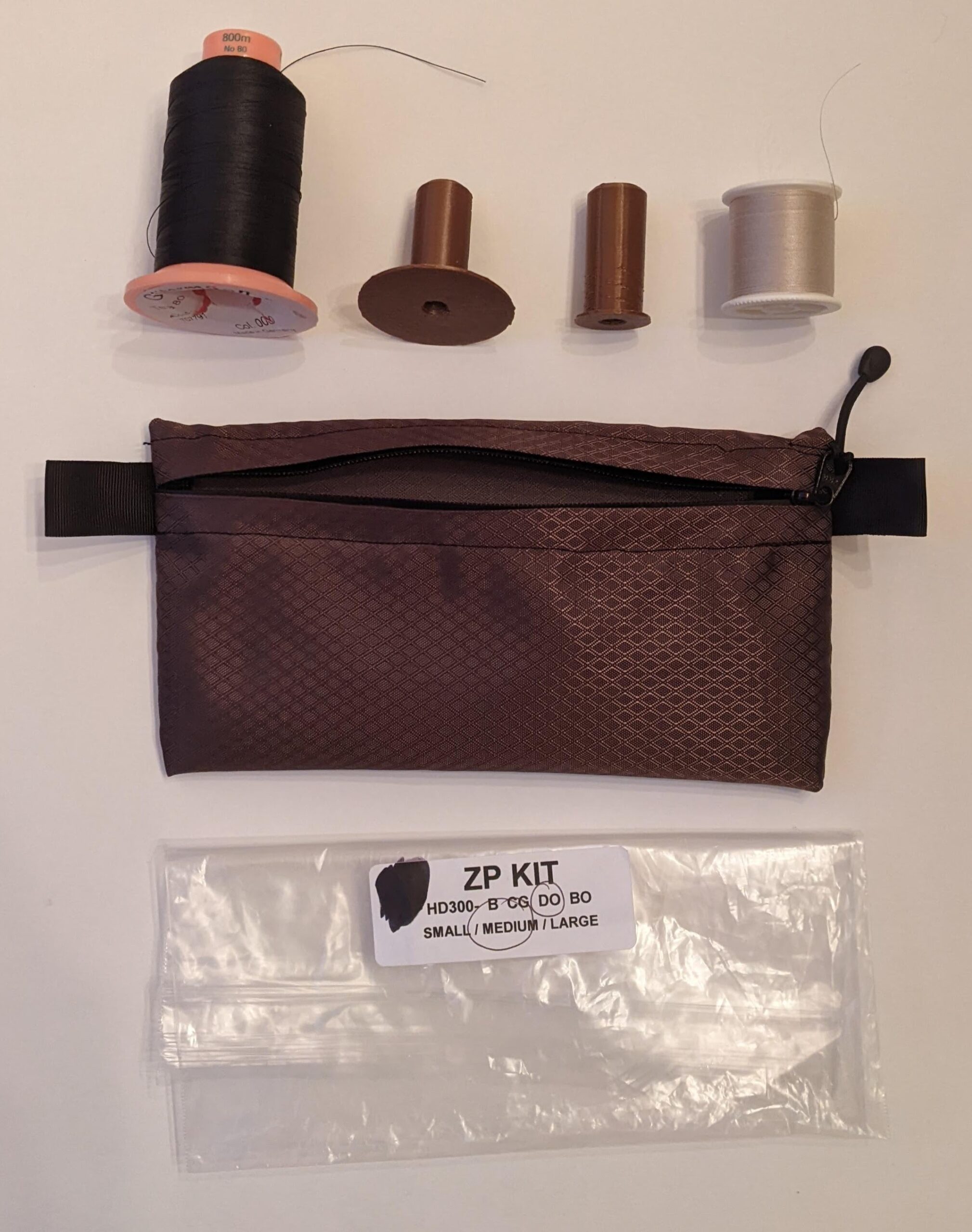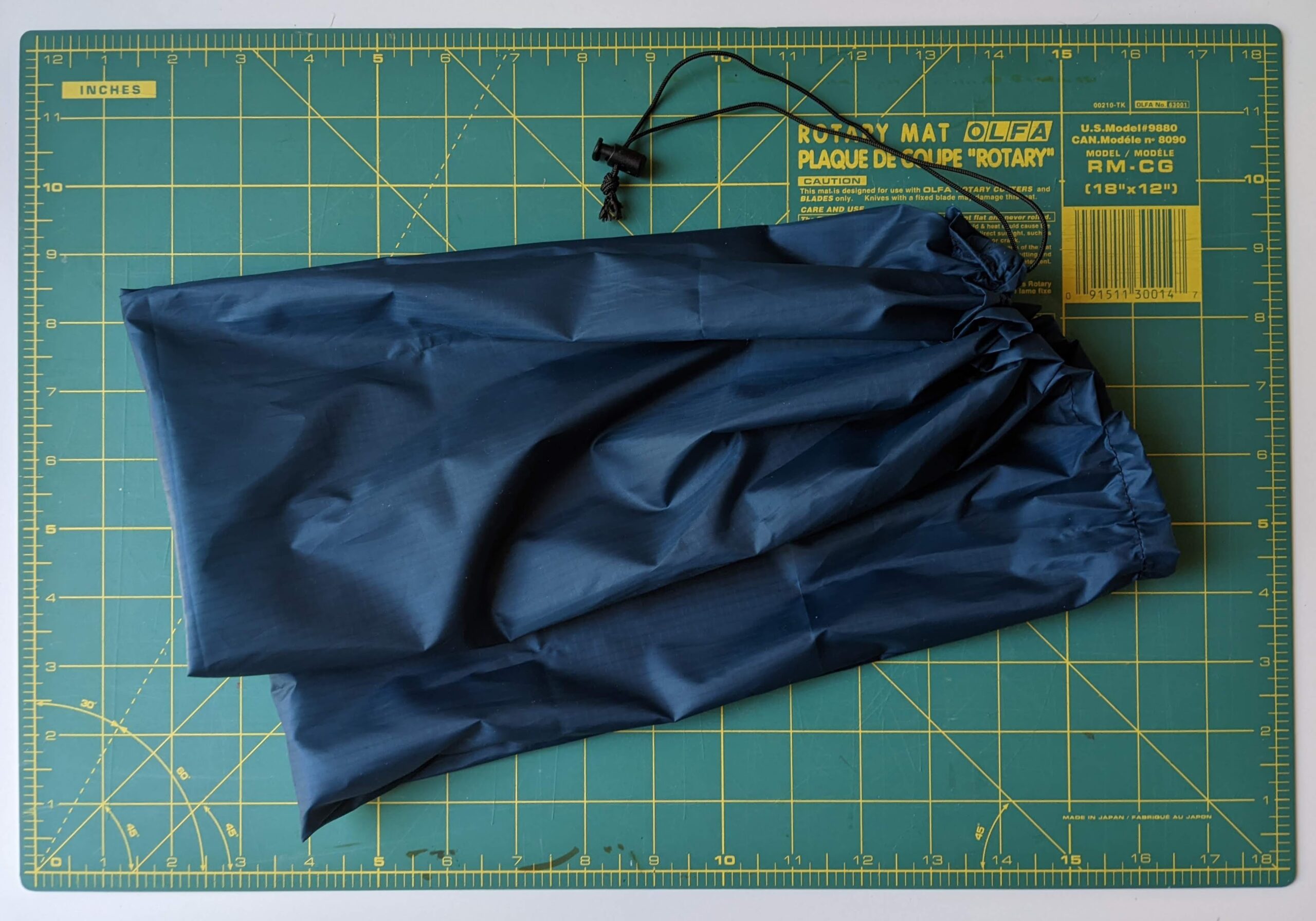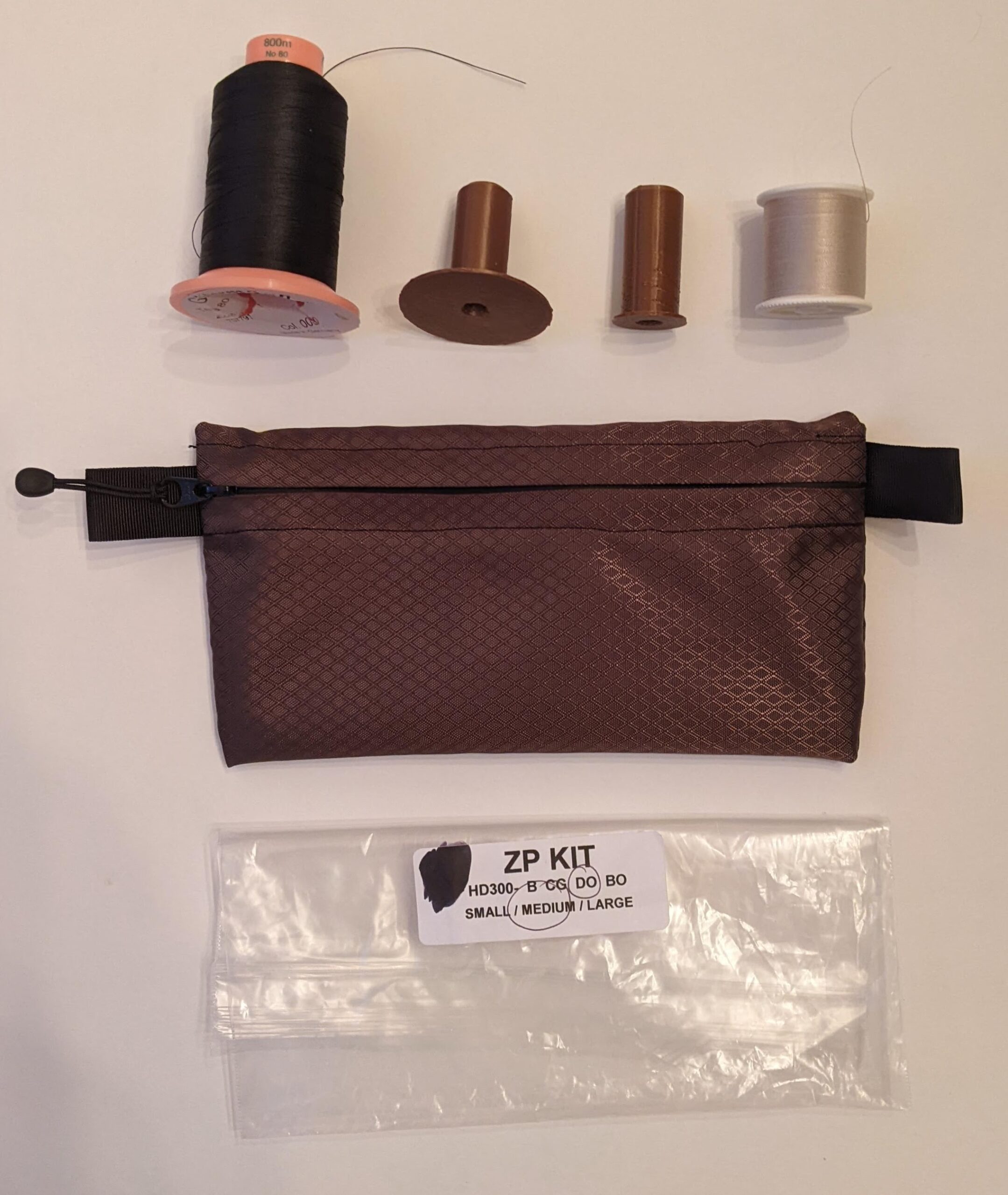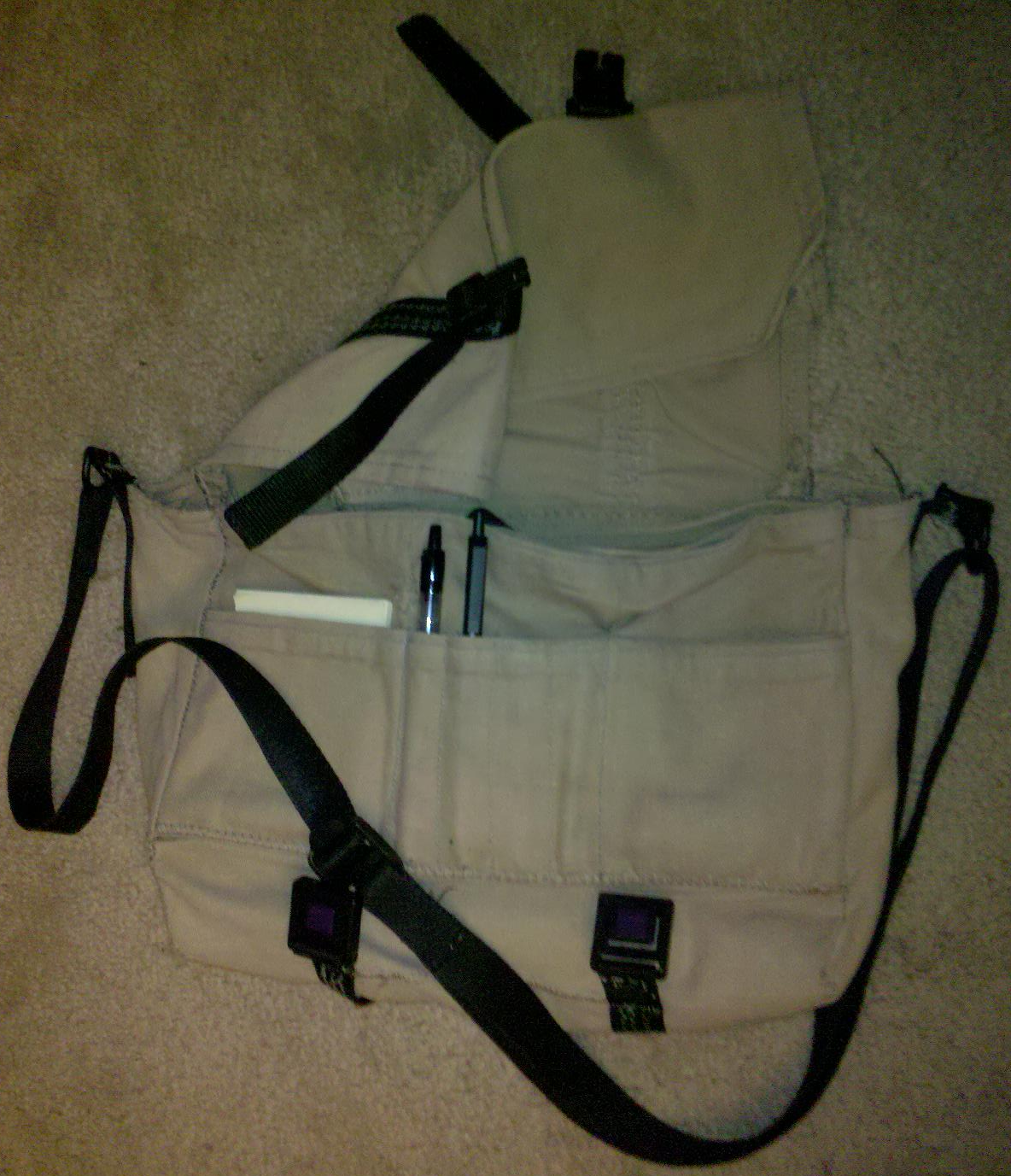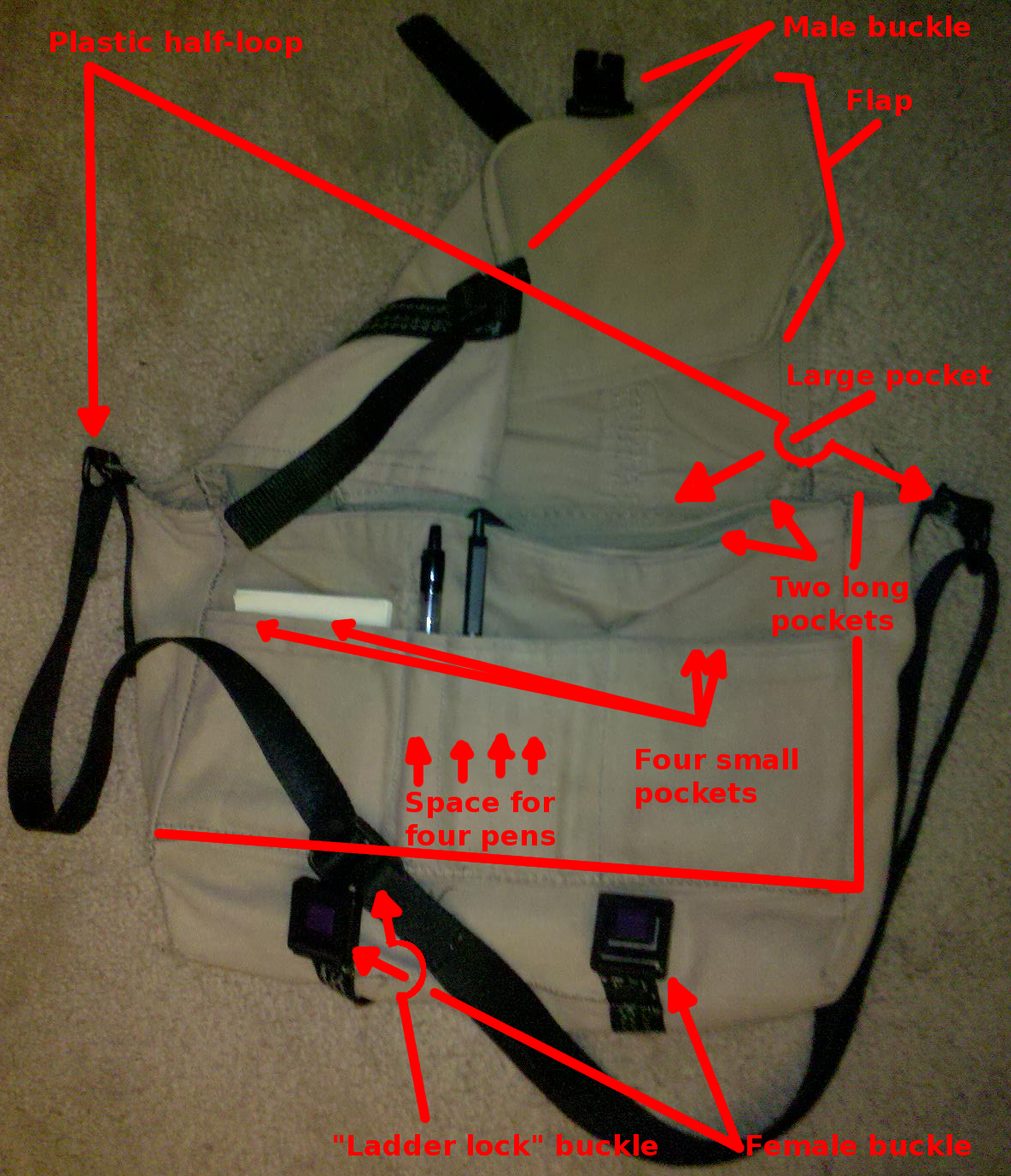I’ve been spending way too much time fiddling around thinking about a new every day carry bag, but not a lot of time actually doing anything about it. I’ve got piles of notes, lots of links, sketches, and product photos. Here’s a lot of them:
My notes and brainstorming are also rather extensive:
- Different Potential Uses
- Work (laptop, charger), day trips (water bottle), hiking (water bottle, clothing, snacks), running errands / tech / game nights / art
- EDC Items
- An EDC Bag should be able to accommodate things that I’d be likely to carry about 80% of the time.
- Mask, sanitizer, tissue, handkerchief, wipes, plastic baggie
- Cell phone, bluetooth pocket, charger pouch, sunglasses, pens, small pad of paper, ¼ A4, Kindle
- Keys on interior carabiner, ring whistle loop/loud whistle, lanyards
- Interior lining for wallet with RFID blocking, zip ties, carabiner (in pocket?) for keys
- On outside, hotel key, BART card
- Design Requirements / Goals
- When empty, it should be as flat as possible
- Wide straps for comfort if carrying something heavy, plus good for stowing a cell phone
- Pull rings, paracord top grip handle (also this guide), quick access pockets
- Bidirectional, so the main features can be worn over either shoulder
- Reduction of metal, heavy parts
- Outside straps which can be keep an umbrella, roll of material, or jacket
- Outside zippered pouch on the inside (against the body) to make it less likely to be pick pocketed, internal loops for clipping / hooking keys, rings, lanyards
- Reinforced corners, grommets
- Laptop pouch inside which is higher, area for charger to fall lower
- Pouches and pockets near the top
- How many pockets, pouches, zippered, velcro, etc?
- Materials
- Heavy nylon or similar
- Internal lining with fleece, ripstop nylon
- TPU (thermoplastic polyurethane) or PU (polyurethane) coatings
- Foam for padding
- Paracord for draw strings, grip wraps
- Zippers


